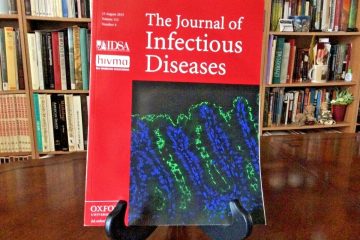Understanding CDC Autism Rates: An Overview of Current Trends

Introduction
The Centers for Disease Control and Prevention (CDC) play a crucial role in tracking the prevalence of autism spectrum disorder (ASD) in the United States. Understanding the latest autism rates is vital for parents, educators, and healthcare professionals, as it provides insights into the growing awareness and diagnosis of this developmental condition. Recent reports indicate a marked increase in the number of children diagnosed with autism, raising questions about potential causes and the resources available for support and treatment.
Current Statistics on Autism Rates
According to the latest CDC report published in March 2023, approximately 1 in 36 children in the United States is diagnosed with autism, representing a significant increase from the 1 in 44 reported in previous studies. This escalation indicates that awareness and diagnostic practices may have evolved, leading to more children being identified. The report also revealed a disparity in diagnosis rates among different demographics, with boys being four times more likely than girls to receive an autism diagnosis.
Contributing Factors to Rising Rates
Several factors contribute to the rising autism rates, including enhanced screening methods, better access to healthcare, and an increase in awareness among parents and professionals. As healthcare providers are more adept at identifying the signs of autism at a younger age, more children are receiving early intervention. Additionally, the CDC’s changes in their tracking methodology over the years have led to more comprehensive data collection, thereby reflecting a more accurate representation of autism prevalence.
Implications for Families and Society
The increase in autism rates has important implications for families, schools, and healthcare systems. Families may find the need for greater support services, including early intervention programs and educational resources tailored to meet the diverse needs of children with autism. Furthermore, public policy and funding for autism research and support services may need to adapt to accommodate the rising numbers. Awareness campaigns can help to destigmatize autism and promote understanding among the general public.
Conclusion
As the CDC continues to monitor autism rates, it is becoming increasingly clear that early diagnosis and intervention can make a significant difference in the lives of affected children. The upward trend in autism diagnoses highlights the importance of continuing research into the causes of autism and improving support systems for individuals and families. With an estimated 1 in 36 children diagnosed with autism today, society must come together to ensure adequate resources and understanding are available for those impacted by this developmental disorder.








